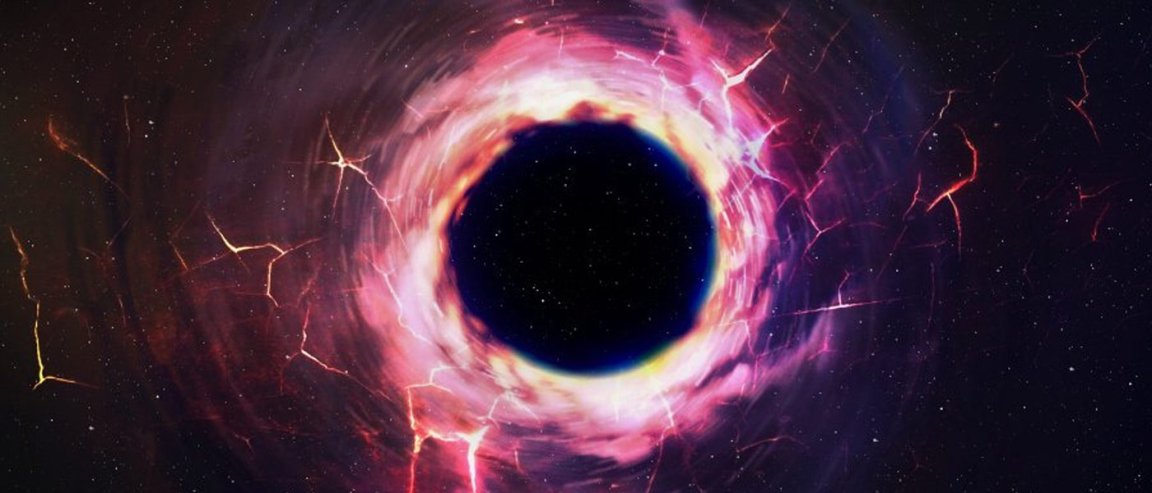
The “Big Rip”
We can all heave a sigh of relief—cosmic doomsday has been postponed for nearly 3 billion years. At least, that’s the new estimate calculated by a team of European researchers. And mind you, that’s the very conservative number—the upper bound is placed at infinity.
Of course, since the death of our own Sun is not expected until about 5 billion years from now, the new estimate might seem alarmingly short term; but, in reality, the team has just shown that the cosmic apocalypse will certainly occur no earlier than that time.
To break this down a bit more, the new numbers come out of an investigation of one possible end-of-the-universe scenario: What is called the “Big Rip,” the ultimate antithesis to the Big Bang. It relies on the assumption that the expansion of the universe will continue indefinitely until the galaxies, stars, planets, and matter itself (potentially even the subatomic building blocks that comprise all matter) can no longer hold themselves together…so they rip apart.
Other theories on the universal end times include a slow “heat death,” in which future time extends to infinity, and entropy continues to run down until there’s nothing left but a thin gruel of cold subatomic particles—and even these eventually “quantum tunnel” themselves out of existence.
Another theory is called the “Big Crunch”—sort of the history of the universe in reverse, with gravity overwhelming expansion, time running backward, and the entire cosmos collapsing back into an infinitely dense singularity.
Neither scenario is particularly appealing.
And each was expected to be far off, tens of billions of years for the Big Crunch; perhaps much more for the heat death (on the order of trillions, or even an infinite number of years). But some experts think that the Big Rip is the most likely of the three—with the discovery that the cosmic expansion is accelerating, rather than slowing down or equalizing, there is a real possibility that the universe may simply tear itself apart.

A Matter of Time
The only convincing culprit that has so far been arraigned for this expansion of the universe is a mysterious, unknown cosmic quantity called “dark energy”—a counterpart to dark matter that is believed to account for much more of the universe, perhaps up to 70%.
There are three leading contenders for an explanation of dark energy: The first is the idea that there is an energy constant inherent in the fabric of spacetime, which causes an unvarying acceleration toward an eventual heat death. The second is the notion that dark energy behaves like a field pervading the universe; whatever the value of that field is (and it may not be constant) determines whether the universe ends in a Big Rip or a Big Crunch. And the final possibility is that there is no dark energy at all, that the cosmic expansion merely represents an unknown, repulsive behavior exhibited by gravity on ultra-large scales.
If this latter is true, then the only way to determine the end of the universe is to formulate a better understanding of gravity—which would make all our present cosmological theories completely obsolete.
For now, the research can at least place some limits on when such a potential Big Rip might occur. According to the preamble of the paper describing the study, which can be found at arXiv, “We show that quite generally, the lower bound for the singularity time [i.e., the “Big Rip”] cannot be smaller than about 1.2 times the age of the universe, what roughly speaking means [approximately 2.8 billion years] from the present time.”
So we have some time to get our affairs in order, and placing that 2.8 billion years in the context of the 3.5 billion years that life is presumed to have existed on Earth provides us with a little perspective; we have plenty of time left.
Still—considering that that’s about half the remaining lifespan of our Sun—it gives new meaning to that old saw “make hay while the Sun shines.”
But what this study really tells us is that our understanding of gravity and what makes the universe tick is still very incomplete; right now, all we can do is make educated guesses and hope they’re in the general direction of the truth. The real answers will await a new theory, one that enfolds within its equations both general relativity (which concerns gravity) and quantum mechanics (which explains happenings on the subatomic scale).
At least we’ve still got time to figure it out.